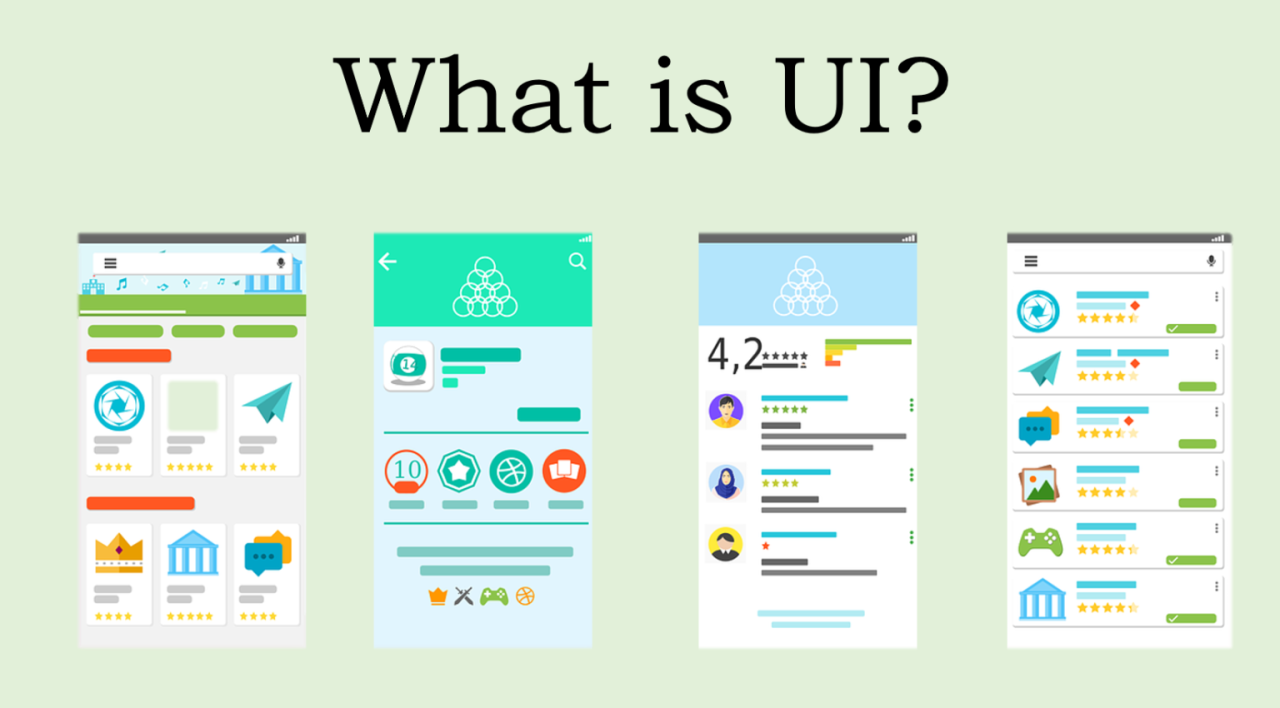In the rapidly evolving world of technology, the concept of User Interface (UI) plays a crucial role in how users interact with software applications and digital devices. A well-designed UI can enhance user experience (UX), improve functionality, and significantly impact the success of a product. This article delves into the fundamentals of UI, its importance, key components, design principles, and future trends.
What is User Interface (UI)?
User Interface (UI) refers to the means by which a user interacts with a computer, software application, or digital device. This encompasses everything from the visual elements (like buttons, icons, and menus) to the overall layout and structure of the interface. The primary goal of UI design is to create an intuitive and efficient interaction between the user and the technology, enabling users to achieve their goals seamlessly.
Types of User Interfaces
There are several types of user interfaces, each suited to different applications and user needs:
- Graphical User Interface (GUI): GUIs are the most common type of UI, utilizing visual elements like windows, icons, and buttons to enable interaction. Operating systems like Windows and macOS are prime examples of GUI.
- Command-Line Interface (CLI): CLIs require users to type commands to interact with the system. While less visually appealing, they offer powerful control for advanced users, particularly in programming and system administration.
- Touch User Interface: Used in smartphones and tablets, touch UIs allow users to interact with devices through touch gestures, such as tapping, swiping, and pinching.
- Voice User Interface (VUI): VUIs enable users to interact with systems through voice commands, as seen in virtual assistants like Amazon’s Alexa and Apple’s Siri.
- Natural Language User Interface (NUI): NUIs allow users to interact with technology in natural language, facilitating a more conversational interaction.
Importance of UI
The significance of UI design cannot be overstated. A well-crafted UI can enhance user satisfaction, drive engagement, and boost productivity. Here are a few reasons why UI is essential:
User Experience Enhancement
UI is a critical component of user experience (UX). A clear and intuitive interface allows users to navigate easily and find the information they need without frustration. This enhances overall satisfaction and encourages users to return to the application.
Accessibility
Effective UI design considers the diverse needs of users, including those with disabilities. By incorporating accessibility features, designers can create interfaces that are usable by everyone, ensuring inclusivity.
Brand Identity
A consistent and visually appealing UI contributes to a strong brand identity. Companies can differentiate themselves in a crowded market by establishing a unique visual language that resonates with their target audience.
Efficiency and Productivity
A well-designed UI streamlines tasks, making it easier for users to accomplish their goals. This efficiency can lead to increased productivity, especially in professional environments where time is of the essence.
Key Components of UI
Several key elements contribute to effective UI design:
- The layout refers to how elements are organized on a screen. A logical and structured layout helps users navigate easily, ensuring that important information is readily accessible.
- Visual elements include buttons, icons, typography, colors, and images. These components should be designed to be aesthetically pleasing while also being functional. Consistency in design fosters familiarity, helping users feel comfortable and confident in their interactions.
- Interactivity refers to how users engage with the UI. This includes feedback mechanisms like hover effects, animations, and transitions, which help users understand the results of their actions and maintain a sense of control.
- Effective navigation is essential for guiding users through the interface. Menus, breadcrumbs, and search functionalities help users find their way, ensuring a smooth experience.
Conclusion
User Interface (UI) design is a crucial aspect of creating effective digital experiences. By understanding the principles, components, and emerging trends in UI design, designers can craft interfaces that enhance user satisfaction, drive engagement, and contribute to the overall success of digital products. As technology continues to evolve, the importance of intuitive and aesthetically pleasing UIs will only grow, making it essential for designers to stay informed and adaptable in this dynamic field. In a world where user expectations are continually rising, investing in quality UI design is not just an option; it’s a necessity for success.



